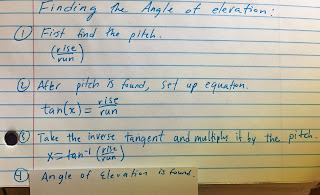The Chinese History of Pascal's Triangle
The fascinating Pascal Triangle follows a triangular array of numbers that presents us with the coefficients in order to expand, and even solve for any binomial expression raised to any power. While Blaise Pascal was one of the first to discover many of the interesting properties and present the idea on a wider scale, he was not the first to discover the actual triangle. The first people to discover the triangle were the Chinese. As early as the 10th century, Chinese mathematician, Jia Xian, formed a basis on a triangular diagram that still grasps the same concepts and ideas as we see it today! This was Jia Xian's presentation of his triangle created. The dashes and lines shown above are "rods" that were actually used in early Chinese mathematics. The Chinese Rod system was actually used for doing arithmetic rather than writing and recording. As you can see from Jia Xian's triangle above, the system stays more or less the same. The first column has the Chi...



